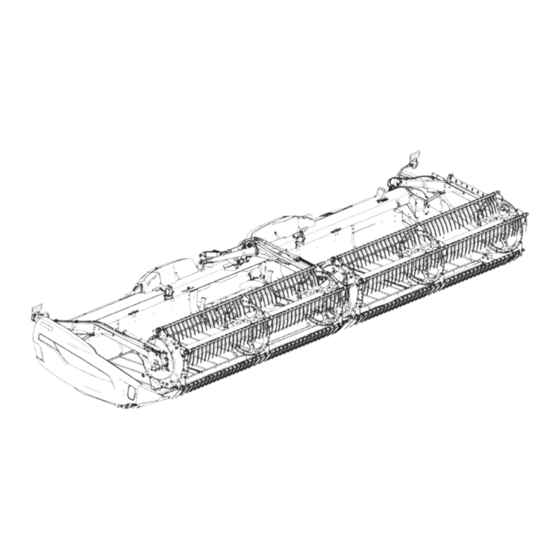
MacDon FlexDraper FD2 Series Operator's Manual
Header with float module
Hide thumbs
Also See for FlexDraper FD2 Series:
- Manual (560 pages) ,
- Installation instructions manual (60 pages) ,
- Quick start manual (2 pages)















Need help?
Do you have a question about the FlexDraper FD2 Series and is the answer not in the manual?
Questions and answers